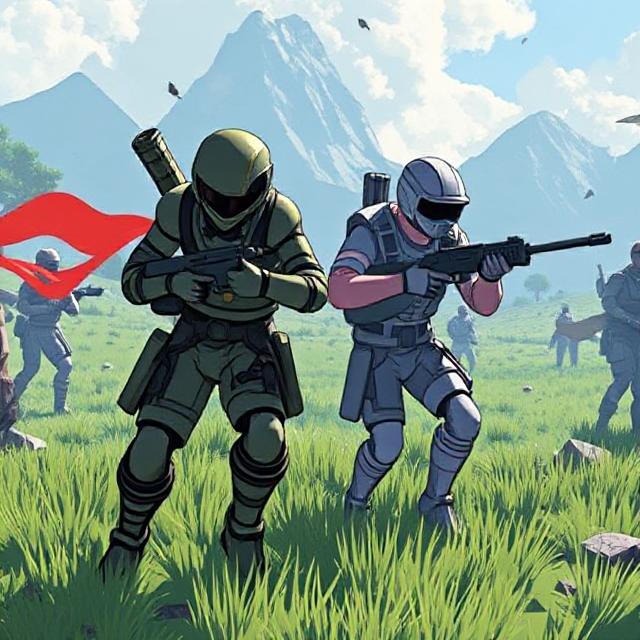Multiplayer games live and die by one system: matchmaking. A good matchmaking algorithm keeps games fair, fun, and competitive. A bad one frustrates players with mismatched skill levels or long wait times. But how do these systems work?
At the core is a skill rating—an internal number representing your ability. This might be visible (like Elo or MMR in ranked modes) or hidden (as in many casual games). The system compares your rating to others and tries to form balanced teams.
Games like Valorant or Overwatch 2 use a combination of SR (Skill Rating), win/loss ratios, and recent performance to refine matchmaking. If you’ve been on a winning streak, the system may place you against slightly tougher opponents.
Another factor is queue time. The longer you wait, the more lenient the algorithm becomes in its skill tolerance. That’s why high-ranked players sometimes face odd matchups—they’re in a small pool, and the system compromises to avoid delays.
Some systems also account for role preferences, toxicity reports, and latency. In games with role queues, like League of Legends, matchmaking must consider not just skill, but position preference and balance.
Despite their complexity, these systems are constantly evolving. Developers adjust matchmaking based on player feedback, data analysis, and behavior modeling.
In short, great matchmaking doesn’t just put players into games—it builds experiences that feel fair, rewarding, and worth returning to.

Leave a Reply